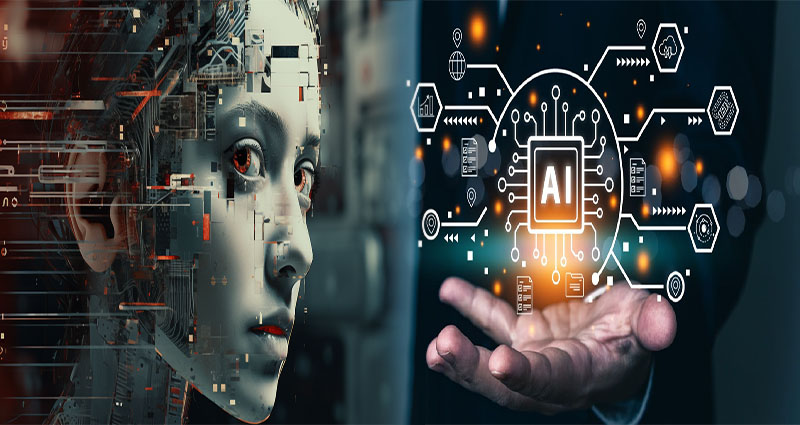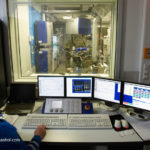Generative Adversarial Networks (GANs) have emerged as a powerful tool in the realm of artificial intelligence, particularly for enabling creative solutions across various domains. GANs, a type of deep learning model, are composed of two neural networks – a generator and a discriminator – that work in tandem to create and evaluate synthetic data. By leveraging the adversarial training process, GANs have facilitated the development of AI applications that generate realistic images, videos, music, and other forms of creative content. Here, we explore the diverse applications of GANs for fostering creativity and innovation in AI solutions.
Image Synthesis and Generation
One of the most prominent applications of GANs is in image synthesis and generation. The generator network in a GAN is trained to produce images that are indistinguishable from real images, while the discriminator network learns to differentiate between real and generated images. This process results in the generation of high-quality, realistic images that can be used for various creative purposes, including art, graphic design, and virtual environment creation.
Style Transfer and Artistic Rendering
GANs have demonstrated proficiency in style transfer, allowing for the transformation of images into different artistic styles. By training GANs on a diverse range of artistic styles, AI systems can apply these styles to existing images, resulting in visually striking and creatively reimagined compositions. Style transfer using GANs has found applications in digital art, photography, and visual content creation.
Video Synthesis and Deepfake Technology
GANs are instrumental in the development of video synthesis techniques, enabling the creation of synthetic videos that appear authentic and realistic. However, the same technology has also raised concerns due to the emergence of deepfake videos, where GANs are used to manipulate and fabricate videos for potentially malicious purposes. While the issue of deepfakes underscores the ethical considerations associated with GANs, their applications in video synthesis also hold promise for creative storytelling, special effects, and video production.
Music and Audio Generation
Beyond visual media, GANs have been applied to the generation of music and audio. By training GANs on large datasets of music compositions, AI systems can compose and produce original pieces of music that emulate different genres, styles, and musical characteristics. GANs also enable the synthesis of lifelike speech and sound effects, expanding their utility for creative audio applications in media production and entertainment.
Text Generation and Natural Language Processing
In the domain of natural language processing, GANs have been utilized for text generation, storytelling, and language modeling. GANs can be trained to generate coherent and contextually appropriate text, providing a foundation for creative writing, dialogue generation, and narrative generation applications. Additionally, GANs contribute to advancing AI-driven conversational agents and interactive storytelling experiences.
Generative Adversarial Networks (GANs) represent a groundbreaking technology that has catalyzed innovation in the field of creative artificial intelligence. The capacity of GANs to generate lifelike images, transform artistic styles, synthesize videos, compose music, and generate natural language content has opened new frontiers for AI-powered creativity and expression. While the applications of GANs present exciting opportunities across diverse creative domains, there is also a growing awareness of the ethical and societal implications associated with the use of GANs in generating synthetic content. As GAN technology continues to evolve, its impact on creative AI solutions is poised to drive the development of imaginative and transformative experiences in the realms of art, entertainment, design, and beyond.












